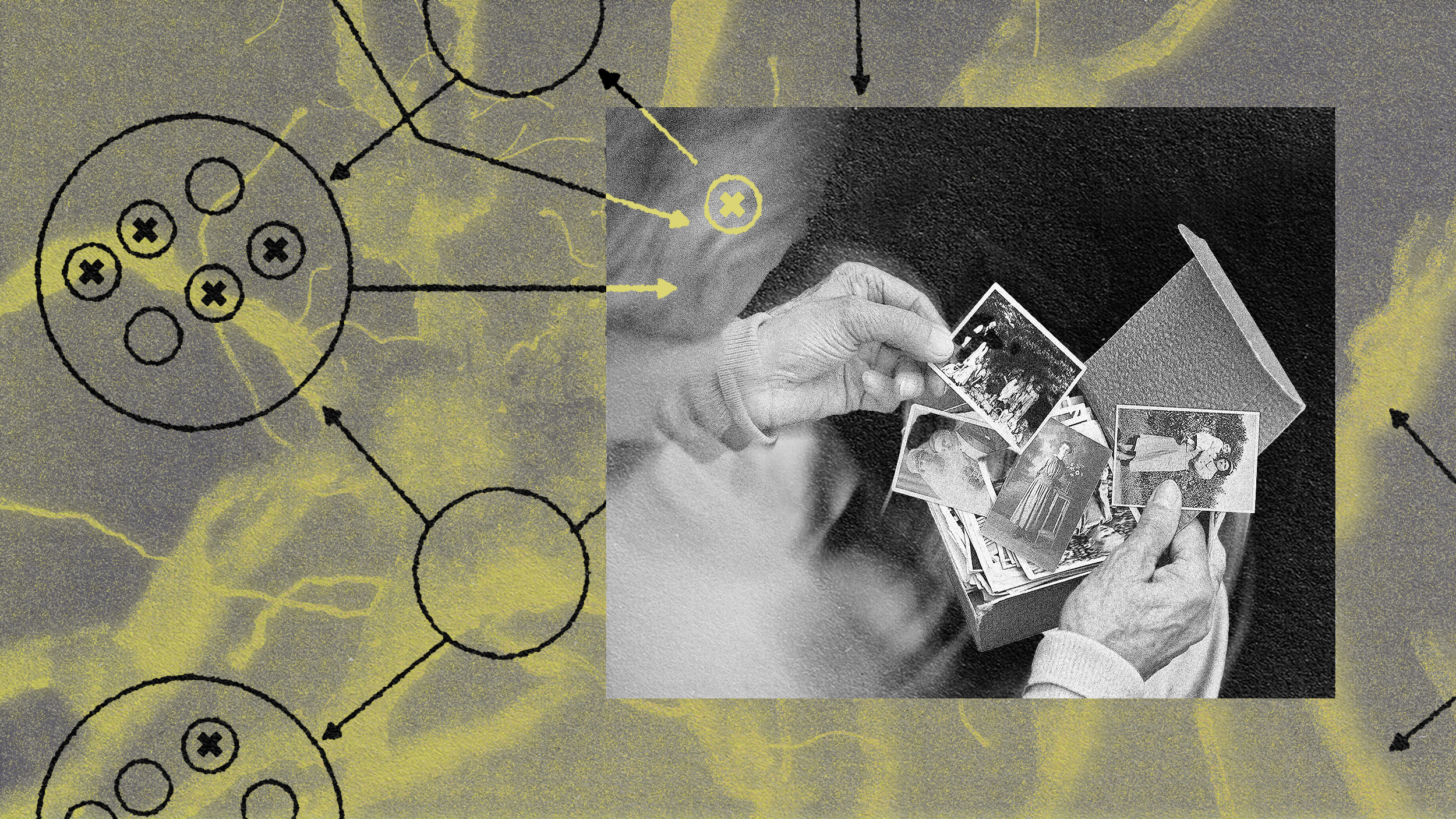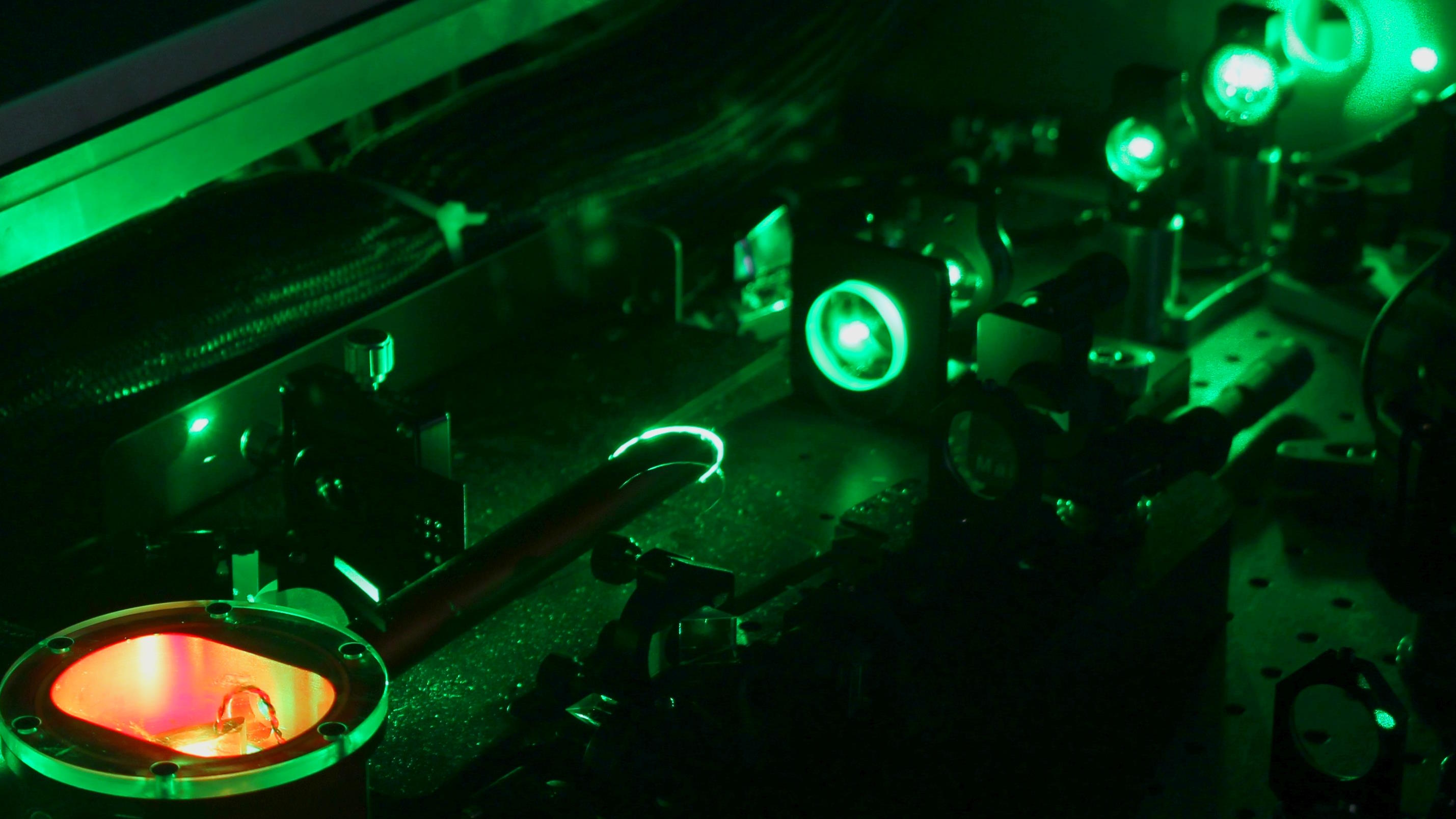A new approach to Alzheimer’s based on physics and worms

Photo by Institute for Stem Cell Research via Getty Images
- An increasing amount of research suggests that failures in phase transition within cells can cause a variety of aliments.
- The mechanism is believed to involve the inability of moleclues to move from solid to liquid and back, inhibiting cellular function.
- The discoveries open the door to treatments for neurodegenerative disease, some cancers, and other illnesses.
The human brain is both the tool we use to understand the world and one of our existence’s great enigmas. For large parts of human history, it wasn’t even credited with thinking. Countless great minds have tried to figure out how it works from biological, physical, and philosophical perspectives. Despite their efforts, we’re still trying to understand how it works, why it breaks, and how to fix it when it does.
A new study sheds light on how the internal dynamics of the cells that comprise our brains can make it go haywire, and offer a potential route to a solution.
Think of liquid water for a moment. If you put it in the freezer, it’ll turn to solid ice. Leave it out, and it will melt again. Boil it or leave it outside on a hot day, and it will all turn into water vapor eventually. This change in state is called a “phase transition” and is familiar to most people who took some physics or chemistry.
Phase transition sometimes takes place in cells. Molecules inside cells responsible for cellular metabolism can change from solid to liquid to carry out specific tasks. However, it occasionally happens that the process that allows this to happen breaks down, and the molecules remain a little more solid than is ideal. This means that the molecules are no longer able to move around the cell and do their jobs.
When this happens in certain cells in the brain, toxins associated with Alzheimer’s disease and various other conditions start to build up in and around the cells. This discovery, based on previous studies from 2009, is the foundation of a theory on how neurodegenerative diseases start in our brains.
What is Alzheimer’s?
In 2009, a group of scientists discovered phase transitions and their importance in worms’ reproductive cells. For reasons which are probably clear to you, this study didn’t garner much attention right away. After a few years, the idea that glitchy phase transitions could cause a variety of issues gained some traction, and studies on phase transition in human brain cells took place. Dr. J Paul Taylor even won the Potamkin Prize, awarded for excellence in dementia research, for work concerning how faulty phase transition relates to neurodegenerative diseases.
Writing About the Perception of Dementia
In his NPR interview, Dr. Taylor suggests that treatments for Alzheimer’s and related diseases based on this new understanding could be available in a few years. In the same article, Dr. Clifford Brangwyane of Princeton explained that some experimental treatments have already shown promise in correcting the issues. He also suggests that phase transition treatments could be used against other illnesses and perhaps even some cancers.
Sometimes tremendous scientific advances are born out of the strangest studies. In this case, a potential treatment for a variety of terrible neurodegenerative diseases traces its roots to a study of worms. More bizarre things have happened in science.





